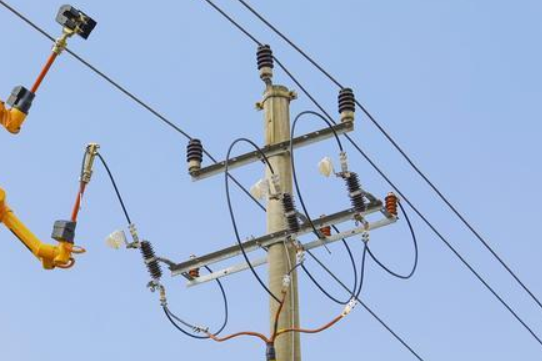Reasons for the high voltage fuse to blow
2023-11-24
2023-11-24
Reasons for the high voltage fuse to blow
What should we do if the fuse blows when we use a high-voltage fuse? How to check the cause?
(1) Causes and inspections of one-phase fuse blown:
1) The fuse has mechanical damage or poor contact;
2) The winding of the fused phase has severe inter-turn short circuit;
3) Metallic grounding or arc short circuit occurs in the load side line of the high-voltage current-limiting fuse and the lead of the transformer insulating bushing.
After a phase fuse is blown, the transformer should be inspected after a power outage. If no abnormality is found, the fuse can be replaced. A trial power supply should be carried out in the no-load state of the transformer. Only after the transformer is supervised to be in normal operation can it be operated with load.
(2) Causes and inspections of two-phase fuse blowing:
1) A two-phase metallic short circuit or arc short circuit occurs at the load side line or the insulating porcelain high-voltage wall bushing on the primary side of the transformer, causing a fuse;
2) There is a phase-to-phase short circuit in the two phases of the primary side winding of the transformer or a serious inter-turn short circuit in the two-phase winding;
3) There is a two-phase short circuit at the secondary side lead of the transformer or a two-phase short circuit at the secondary side load, and the secondary side protection switch refuses to operate.
After the two-phase fuse is blown, first check whether the high-voltage lead and the insulation have any traces of discharge. At the same time, the high-voltage load switch should pay attention to observe whether the transformer has overheating, deformation, fuel injection, etc. The internal fault of the transformer can be determined by measuring the DC resistance of the three-phase winding by a DC bridge or measuring the insulation resistance. If it is confirmed that it is an internal fault of the transformer, the transformer should be overhauled;
(3) Causes and inspections of three-phase fuse blowing:
1) Three-phase metallic short circuit or three-phase arc short circuit;
2) A three-phase winding short circuit occurs in the line or transformer on the primary or secondary side of the transformer (load side of the drop-out fuse) or a three-phase short circuit occurs in the lead;
3) Severe damage to the insulation between the core sheets of the transformer or long-term overloading causes fever, causing the transformer to burn out.
After the three-phase fuse is blown, the transformer must be inspected during a power outage. After the fault is eliminated, the fuse can be replaced and the power can be tested. After no-load operation, it can be put into operation with load. Detailed records of inspection and handling should be kept.
How to check for blown fuse:
After the fuse is blown, a power outage should be conducted to check whether there are any terminal faults in the primary and secondary leads of the transformer, primary and secondary insulating bushings, cable heads, etc. If not, check the line insulation resistance with a megger. Check the circuit: Use a megger to check the insulation resistance of the transformer, and use a multimeter and bridge to measure the DC resistance of the winding. If there is a gas relay, it should be analyzed based on its operation conditions, the transformer oil should be tested if necessary, and the transformer should be inspected as necessary.





